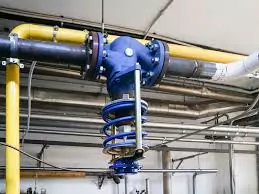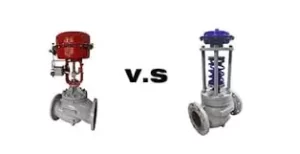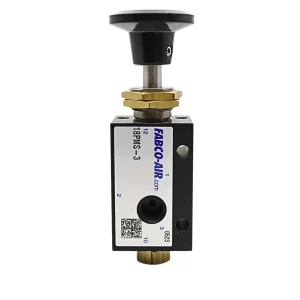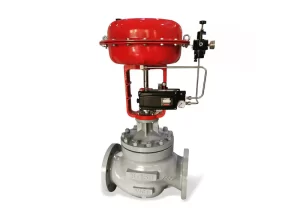Actuators are a part of many operations as they generate movement. In industries, the valves used to block/allow fluid flow are mostly controlled by actuators. The actuators generate movement in the valves making the valve open/close. So, let’s see what actuators really are and what kinds you can find.
Functionality Of A Pneumatic Actuator
To put it very simply, an actuator is responsible for making things move or work. Pneumatic automation or actuation generates movement of a pneumatic ball valve through conversion of energy. It requires an external output of compressed air. The compressed air is then turned into mechanical movement. This movement controls the opening/closing of pneumatic operated butterfly valve.
There are several kinds of pneumatic operated control valve. And the working of each valve differs. But the basic functionality principle is the same. Compressed air is used to build up pressure. Once required pressure is reached, it is used to move a piston/gear/cylinder/ball which opens/closes the air actuated ball valve.
Types Of Pneumatic Operated Butterfly Valve
Piston
Piston containing pneumatic butterfly valves make use of the movement of the piston. This piston is held within an empty cylinder inside the structural body of the valve. The compressed air is then used to generate pressure which pushes the piston up/down depending on the type of piston butterfly valve. Once it’s pushed up/down using the compressed air, the valve is open. The valve can be closed by simply turning the pressured air mechanism off.
Rack & Pinion
A rack and pinion pneumatic operated butterfly valve also makes use of a piston. But this piston is connected to a rack gear and the movement of the piston is horizontal, as opposed to linear. To allow fluid flow, compressed air is used to generate pneumatic pressure which moves the piston.
The piston’s movement then causes the rack to rotate around linearly. In turn, this rotation also causes the movement of the pinion section and driveshaft which is connected to the disc. And this opens the butterfly valve.
Diaphragm
The diaphragm butterfly valve/spring actuated butterfly valve is the most commonly used actuator. This pneumatically operated control valve consists of a diaphragm and a spring as its main opening/closing components.
Once again, compressed air is used to create pneumatic pressure and this moves the diaphragm by exerting pressure on the spring. Pressure on the spring causes the actuator stem to shift, opening the valve. To close the valve, the pneumatic pressure must be removed by limiting the compressed air provided.
Pros VS Cons Of A Pneumatically Operated Control Valve
Pros
- Simple Mechanism: Pneumatic actuators are known for their straightforward design which makes them easy to operate and maintain.
- Fail-Safes: Pneumatically operated control valves come with fail-safes to prevent any larger scale industrial disasters in case of air supply failure.
- Rapid Actuation: These valves offer quick opening/closing capabilities. Best suited for situations requiring fast fluid flow control such as emergency shutdown systems.
- Low Maintenance: Unlike other actuated valves, these are smaller and have less parts. Hence, they require less maintenance, making them ideal for demanding environments.
Cons
- Noisy: Compressed air used to open/close the valves can produce loud sounds and large vibrations requiring additional noise-canceling investments.
- Low Efficiency: Pneumatically operated control valves are generally less efficient than other actuated valves. This can lead to considerable energy loss in the long run.
- Poor Accuracy: Not the best option for situations requiring extremely precise fluid control. They are less accurate than other actuated valves which can lead to process parameter fluctuations.
Final Thoughts
A pneumatic actuator is responsible for the automatic movement of machines or tools like industrial butterfly valves. These pneumatic actuators are also generally safer and less expensive, making them a popular pick in industrial operations. To learn about whether you can make use of a pneumatically operated control valve, contact a butterfly valves manufacturer like GOWIN Industrial Valve for more info!








